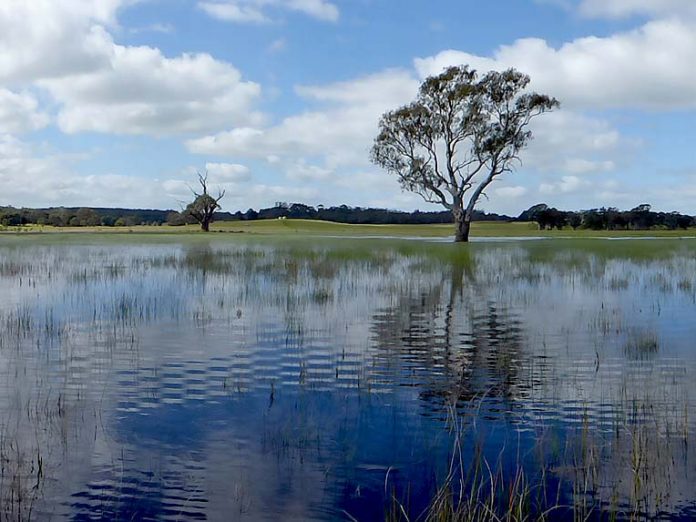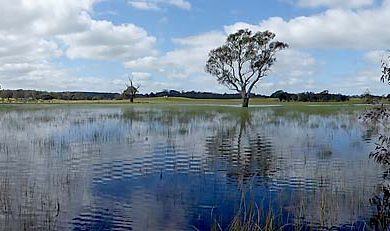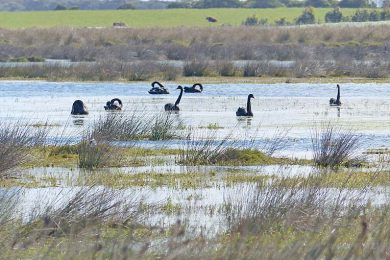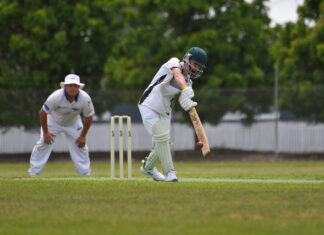
FROM an old grazing paddock at Southend to the lush native grounds of Piccaninnie Ponds Conservation Park, the South East Natural Resources Management Board’s Recovering Habitats for Threatened Species project has contributed to restoration and conservation of many wetland areas in the region.
Natural Resources South East wetlands conservation ecologist Steve Clarke said the project worked with parks, local landholders and commercial organisations.
“Over the project, we have managed to work on a vast number of different types of wetlands,” Mr Clarke said.
“Some starting from absolute scratch, restoring grazing areas to their former glory as wetlands.”
Landholder Steve Harris gave part of his Iuka property between Southend and Beachport to the restoration cause.
“Three years ago, Steve Clarke approached me to see if I was interested in blocking up what would have been a wetland years ago,” Mr Harris said.
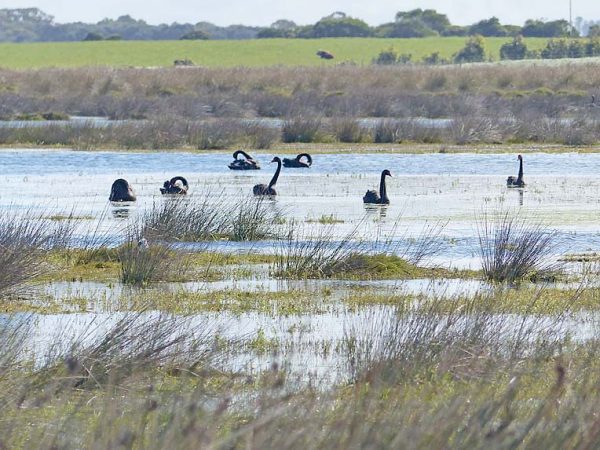
“Because I’m a bit of a nature lover, I like to put things back as they were and said ‘no worries go ahead’.
“130 hectares was converted back to wetlands, which has allowed birds to come back to the area and breed.”
Mr Clarke said the project also included work on existing wetlands such as Piccaninnie Ponds, creating habitat for the endangered Yarra Pygmy Perch.
“It is important to look after the natural environment,” he said.”
Having the ability to restore some of that and protect what is there is vitally important.”
This project was supported by the South East NRM Board and Natural Resources South East through funding from the Australian Government’s National Landcare Program.
The SE NRM Board plans to continue to support local wetlands, based on community feedback provided at subregional planning workshops.

